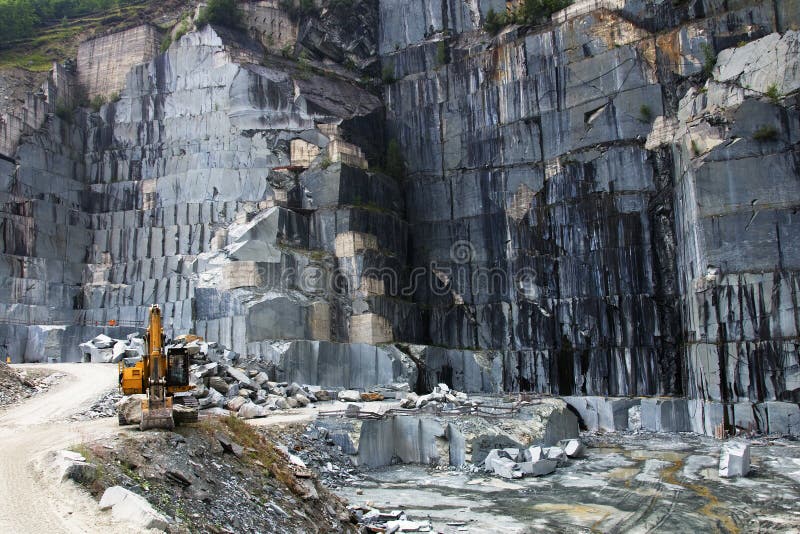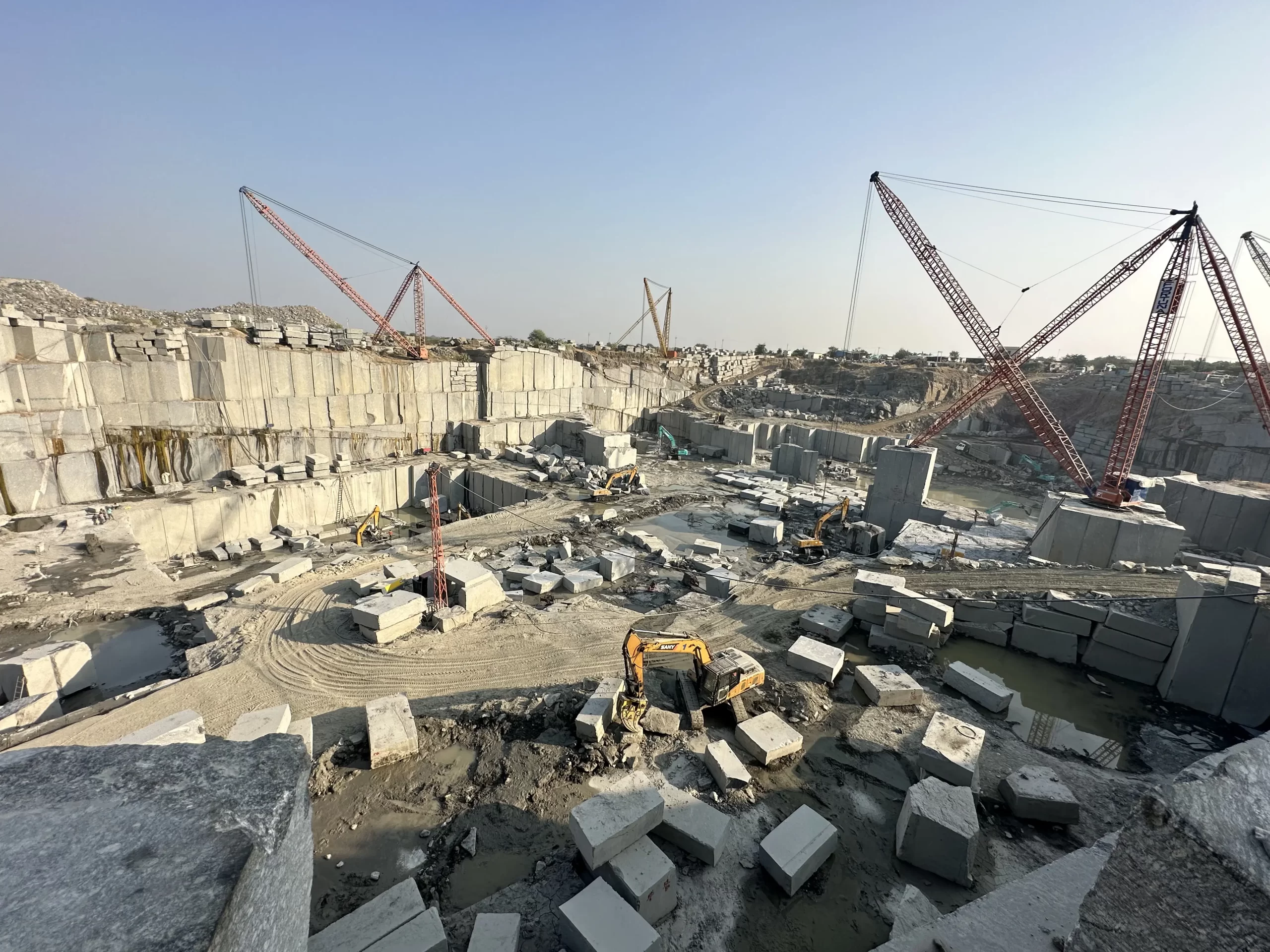Opening Natural Prizes: Granite Quarries in South Africa Revealed
Opening Natural Prizes: Granite Quarries in South Africa Revealed
Blog Article
Unearthing the Rich Background and Sustainable Practices of Granite Quarrying
As we stand on the precipice of discovering the elaborate tapestry of granite quarrying, a trip through time exposes not just the physical act of drawing out rock however additionally the cultural and historical significance woven into the very fabric of this method. From the old beginnings that laid the structure for modern-day quarrying methods to the lasting methods that are forming the future of this market, each chisel mark on granite surface areas narrates waiting to be uncovered (granite quarries in south africa). The heritage of granite quarrying stretches much beyond simple extraction; it is a testimony to human ingenuity, durability, and the long-lasting attraction of this marvelous rock
Ancient Origins of Granite Quarrying
Dating back to ancient people, the technique of quarrying granite has been an important component of human background and building advancement. The earliest evidence of granite quarrying dates back to ancient Egypt, where large pyramids and detailed sculptures were crafted from this durable stone. The Egyptians utilized primitive tools to draw out granite blocks from quarries, showcasing the significance of this material in their significant buildings.
Moving on in background, the Greeks additionally made substantial payments to the quarrying of granite. The Greeks made use of granite in numerous building marvels, such as temples and sculptures, demonstrating their skill in shaping and carving this hardy stone. The Romans further refined the techniques of quarrying granite, employing innovative devices like knives and hammers to remove and form granite for their famous structures.
With the centuries, the practice of quarrying granite has evolved, with modern-day innovations boosting performance while preserving the ageless appeal of this natural stone - granite quarries in south africa. From old civilizations to contemporary building contractors, the legacy of granite quarrying remains to form our globe
Development of Quarrying Techniques
The evolution of quarrying strategies has actually been marked by a continuous development towards greater performance and accuracy in extracting granite. From the rudimentary approaches utilized by our ancestors to the innovative innovations utilized in modern-day quarrying operations, the sector has undergone substantial developments. Early quarrying techniques included manual labor with standard tools such as knives, hammers, and wedges to draw out granite blocks from the planet. As worlds proceeded, methods like fire-setting and primitive explosives were introduced to facilitate the extraction procedure.
Developments in computer-controlled equipment and 3D modeling have optimized quarrying operations, leading to minimal environmental impact and improved sustainability techniques. As the need for granite proceeds to climb, the development of quarrying methods stays important to meeting market needs efficiently and sustainably.
Social Significance of Granite
Granite holds a profound social value throughout different worlds due to its enduring visibility in building work of arts and respected monoliths. From the impressive pyramids of Egypt to the detailed makings of the Angkor Wat temple in Cambodia, granite has been a material of selection for sharing magnificence and durability in cultural heritage. In old Rome, granite columns decorated temples and public buildings, symbolizing toughness and durability. The cultural significance of granite expands past its physical characteristics; it embodies strength, stability, and timelessness, making it an icon of withstanding legacies and customs.

Lasting Practices in Quarrying
Amidst the abundant history of granite quarrying and its cultural relevance exists a growing focus on lasting techniques within the sector. As environmental awareness and problems regarding resource deficiency have increased internationally, the quarrying sector has actually progressively embraced lasting methods to decrease its effect on the setting and surrounding communities.

Additionally, improvement and rehab of quarry sites post-extraction are essential to sustainable practices. By restoring quarried locations to an all-natural or beneficial state, such as developing wild animals environments or leisure areas, quarriers can balance out the environmental footprint of their procedures and add positively to the local ecosystem.
Legacy of Granite Quarrying
With a historic background steeped in workmanship and commercial development, what withstanding impact has granite quarrying left on the landscape of modern culture? The heritage of granite quarrying goes beyond simple extraction techniques; it has actually shaped building wonders, urban landscapes, and social heritage worldwide. The long lasting nature of granite has made it a preferred selection for monuments, buildings, and infrastructure, standing as a testimony to the skill and artistry of quarry employees across generations.
In addition, the economic impact of granite quarrying can not be ignored. The industry remains to supply employment possibility and drive regional economies in areas where granite extraction is widespread. It has additionally spurred technical developments in quarrying strategies and devices, bring about a lot more efficient and sustainable techniques.
In terms of sustainability, the heritage of granite quarrying consists of efforts to alleviate ecological impacts with recovery tasks and responsible resource administration. By stabilizing economic this interests with environmental stewardship, the market makes every effort to ensure that future generations can remain to benefit from this see here long-lasting all-natural source.
Conclusion

Report this page